The educational attainment of the region’s population is an important driver of economic growth. Louisville Metro Government’s recently released economic development plan, Growing Louisville Together, notes that talent supply is the number one factor in business location decisions. The report also highlights the city’s lower levels of educational attainment as compared to regional competitors like Nashville, Charlotte, and Columbus.
It is important to understand the educational attainment of the population across the entire region, since workers and employers are located throughout the metropolitan area.
This post looks at the educational attainment of the population across the 13-county Kentuckiana region.
Overview
In the Kentuckiana region, 2-in-5 adults have an Associate’s degree or higher. This is lower than the national rate of 43%. Education is higher among the region’s working-age population, where 43% hold at least an Associate's degree, and a third have a Bachelor’s degree or higher. But this too is lower than the national rate of 45% for the same age group.
Educational attainment rates vary across the region’s counties. More than half of adults in Oldham County have an Associate’s degree or higher, the highest rate across the region. Jefferson County, Floyd County, IN, and Shelby County have the next highest rates of degree holders. The region’s outlying counties have much lower rates of college graduates.
Explore the educational attainment of all adults and working-age adults across the region’s counties in the interactive map below.
Change Over Time
The percentage of the region’s adults with a Bachelor’s degree or higher has increased over time, from less than 10% in 1970 to nearly a third in 2022. In the last 20 years, the region experienced a 10 percentage point increase in adults with a college degree.
But the region’s growth in college graduates increased at the same pace as the nation, and consistently remained about three percentage points below the national level. In 2022, the percentage of adults in the Kentuckiana region with a bachelor’s degree was lower than the nation by 2.7 percentage points.
Representation
Despite having overall lower labor force participation rates, women are slightly overrepresented among the region’s college degree holders.
The region’s Black population is severely underrepresented among the region’s college degree holders. Just 1-in-5 of the region’s Black adults hold a Bachelor’s degree while 1-in-3 of the region’s white adults do.
Looking to the Future
Only half of Jefferson County Public School (JCPS) graduates from the class of 2022 were enrolled in any postsecondary institution a year after graduation. Still, the 50% that went on to college from the class of 2022 was an improvement over the 48% that graduated during the pandemic. But it is a decline from five years ago, when 60% of graduates enrolled in college within a year of graduation.
Local Strategies
The Academies of Louisville at JCPS provide many more opportunities for dual credit, where students earn college credit while still in high school. 4,600 students took one or more dual credit courses in the 2022-2023 school year, more than double from 2018 when just 1,700 students took dual credit courses (via JCPS). Data from the Kentucky Center for Statistics shows that college-going rates are nearly twice as high for students enrolled in dual credit classes in high school compared to those not enrolled in dual credit classes.
The KentuckianaWorks College Access Center (KCAC) is a one-stop center that helps people navigate the complicated process of enrolling in postsecondary institutions. The KCAC’s free services include completing financial aid forms and college applications, searching for schools, programs, and scholarships, as well as career counseling and assessments. Last year, KCAC worked with more than 2,300 adults and high school students, many of whom were first-generation college students, immigrants, and/or from another historically marginalized community.











